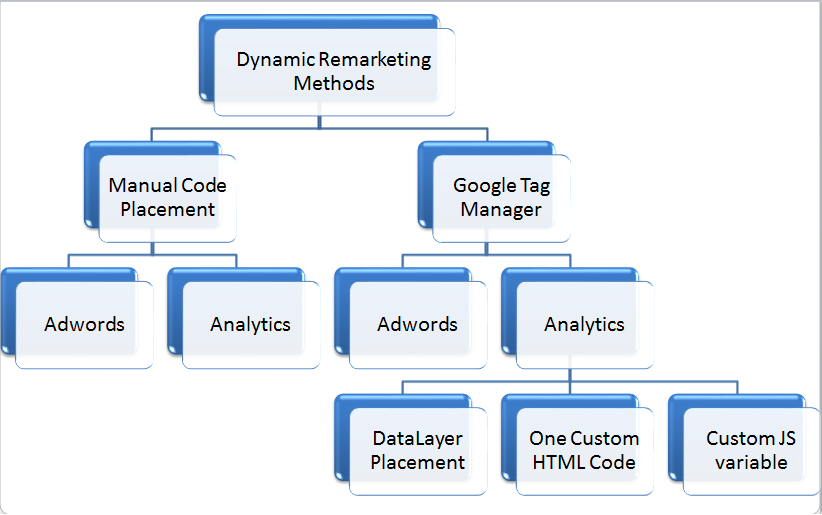Maximize Your ROI With Remarketing in Google Analytics
By harnessing the power of user information and customizing advertisements to particular target market segments, companies can dramatically amplify their conversion rates. The trip to making the most of ROI via remarketing is a nuanced path paved with insights and opportunities that can reshape the trajectory of your advertising endeavors.
Understanding Remarketing in Google Analytics
Comprehending remarketing in Google Analytics is important for optimizing your electronic marketing method. Remarketing enables you to target individuals that have formerly visited your website or engaged with your app, providing them with customized ads as they search various other websites or utilize various other applications within the Google Display Network. This strategy aids maintain your brand top of mind and motivates customers to go back to your website, inevitably raising the chance of conversion.
By making use of Google Analytics, you can track the performance of your remarketing campaigns, acquiring valuable understandings right into individual actions, interaction, and conversions. This information enables you to fine-tune your targeting, bidding, and messaging approaches to boost the general performance of your campaigns.
Moreover, understanding the various kinds of remarketing listings available in Google Analytics, such as standard, vibrant, and comparable audiences, enables you to create tailored and highly segmented projects customized to certain user sectors. This degree of granularity can substantially boost the relevance and influence of your remarketing efforts, inevitably optimizing your roi.
Setting Up Remarketing Listings
To successfully apply remarketing projects in Google Analytics, the preliminary step involves configuring and producing remarketing listings targeting certain individual sections based on their communications with your internet site or application. By establishing remarketing listings, you can tailor your advertising initiatives to reach users that have already shown passion in your services or items.
To start, navigate to the Admin area of your Google Analytics account and choose the Residential or commercial property where you wish to develop the remarketing list. Under the Residential property column, click on 'Audience Definitions' and pick 'Target markets.' Next, click the red 'New Audience' button and pick 'Produce New' to specify the specifications for your remarketing checklist.

Crafting Effective Remarketing Ads

When crafting your ads, concentrate on creating attention-grabbing headlines and engaging visuals that attract attention to potential clients. Integrate strong calls-to-action that encourage customers to revisit your website and complete a wanted action. Make use of vibrant remarketing to reveal individualized ads featuring service or products that users have previously checked out on your site.
Furthermore, make certain that your advertisements are mobile-friendly since a significant section of net website traffic originates from mobile phones. Test different ad variations to determine which layouts and messages drive the very best results. By constantly refining and maximizing your remarketing advertisements based on efficiency information, you can maximize their efficiency and boost your return on financial investment.
Studying Remarketing Efficiency

With Google Analytics, online marketers can track the efficiency of their remarketing projects in real-time, enabling them to identify fads, patterns, and locations for improvement promptly. my review here By analyzing the information, online marketers can figure out which advertisements are carrying out well, which audience sectors are reacting favorably, and which channels are driving one of the most conversions. This degree of granularity enables marketers to make data-driven choices to enhance their remarketing campaigns for much better outcomes.
Enhancing ROI With Remarketing
Analyzing remarketing data in Google Analytics enables marketers to pinpoint chances for maximizing return on financial investment (ROI) via critical changes - What Is visit this site “Remarketing” In Google Analytics?. To make best use of ROI with remarketing, it is vital to understand the behavior of your target market. By analyzing user communications, such as the pages they checked out, the products they checked out, or the activities they tackled your site, you can customize your remarketing projects extra efficiently
Segmenting your target market based upon their actions permits you to develop tailored and targeted ads that are most likely to reverberate with them. By revealing relevant ads to specific sections of your target market, you can raise the chances of conversion and inevitably improve your ROI.
In addition, checking various ad creatives, messaging, and offers can assist recognize what resonates ideal with your target market. A/B testing enables you to experiment with different aspects of your ads to establish what drives the highest possible involvement and conversion prices.
Verdict
Finally, making the most of ROI with remarketing in Google Analytics requires a strategic approach to evaluating user habits, segmenting target markets, developing tailored ads, and enhancing project performance. By leveraging data-driven understandings and testing various methods, companies can boost their remarketing efforts to drive higher engagement and conversion prices. This methodical strategy makes sure that sources are efficiently designated in the direction of maximizing rois in remarketing projects.
Next off, click on the red 'New Audience' switch and pick 'Develop New' to specify the specifications for your remarketing listing.
By continually refining and optimizing your remarketing advertisements based site web on performance information, you can optimize their effectiveness and enhance your return on financial investment.
By delving right into these understandings, marketing professionals can get a comprehensive understanding of exactly how their remarketing initiatives are reverberating with their target audience and driving conversions. To make best use of ROI with remarketing, it is critical to recognize the habits of your target market.In conclusion, taking full advantage of ROI with remarketing in Google Analytics calls for a strategic technique to examining individual habits, segmenting target markets, producing tailored ads, and enhancing project efficiency.